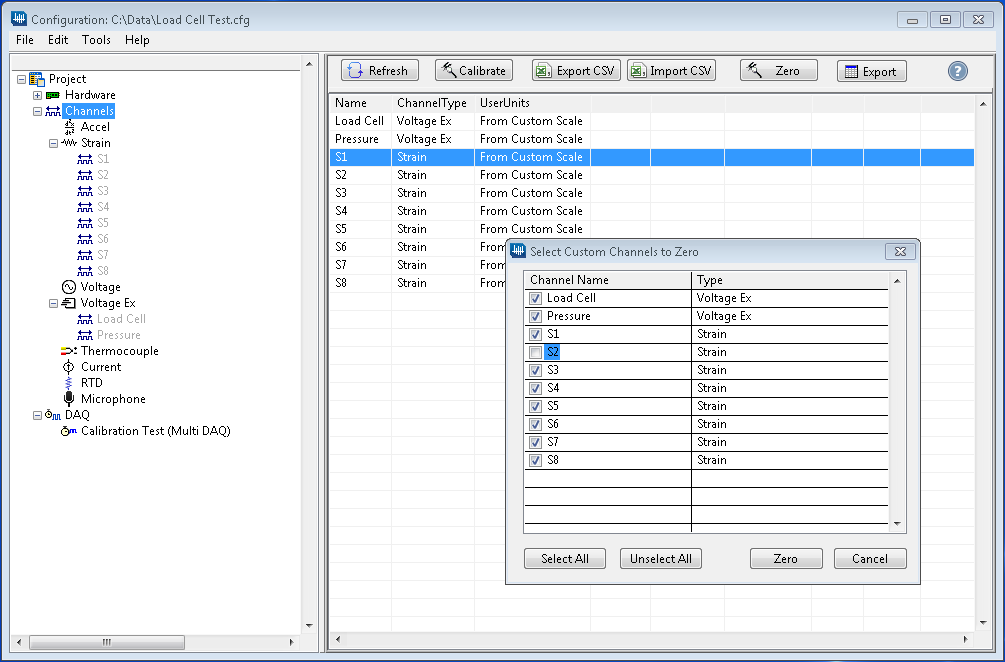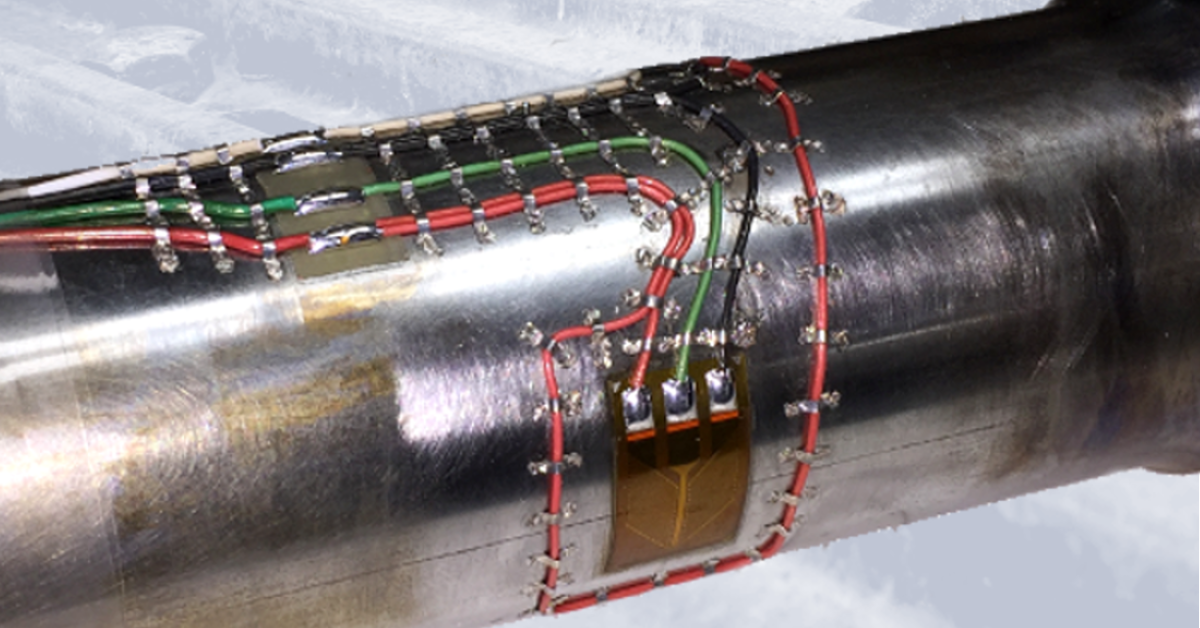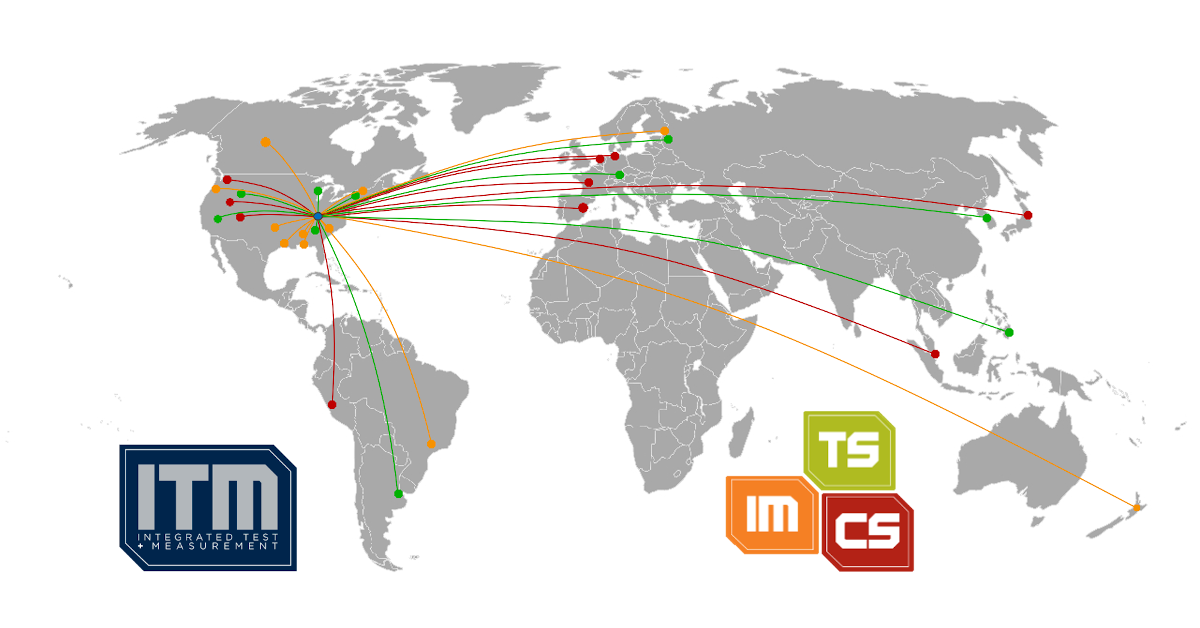iTestSystem Tip: Sensor Auto-zero Utility Update

Our iTestSystem customers who routinely acquire data with high channel counts and data from full-bridge transducers recently requested that we update the sensor auto-zero utility to improve test setup efficiency. In the latest version of iTestSystem, we updated the sensor auto-zero utility to include all channels that use the From Custom Scale option. This update enables users to quickly adjust selected channel offsets with only a few mouse clicks.
One of our test engineers recently used this feature to test and calibrate a new load cell design for measuring loads in a manufacturing process. He was able to quickly calibrate and zero the strain gauges along with a calibrated load cell and a pressure transducer prior to testing and before each directional test. The offset values are included in the calibration data files for traceability.
Contact Information: For more information about this update or iTestSystem contact:
Chase Petzinger – Integrated Test & Measurement (ITM), LLC. Email: chase.petzinger@itestsystem.com or Phone: 1.844.TestSys






